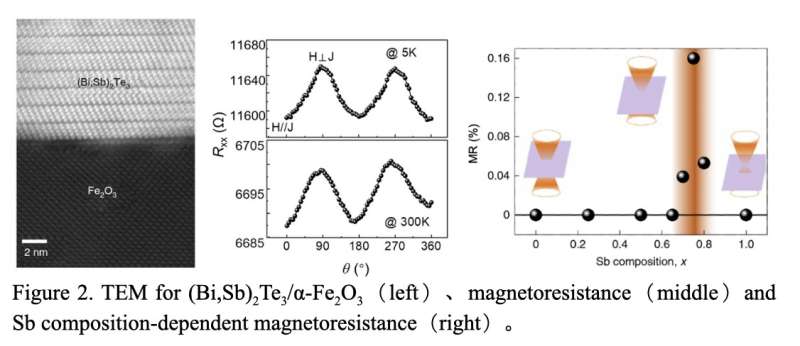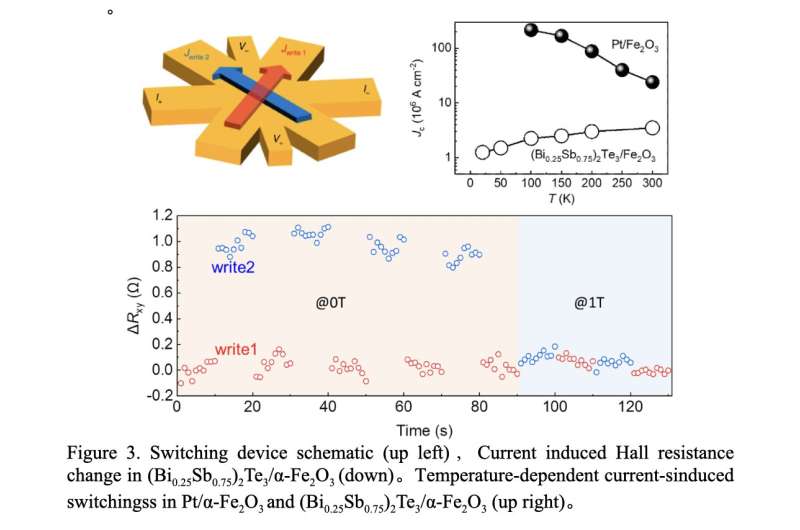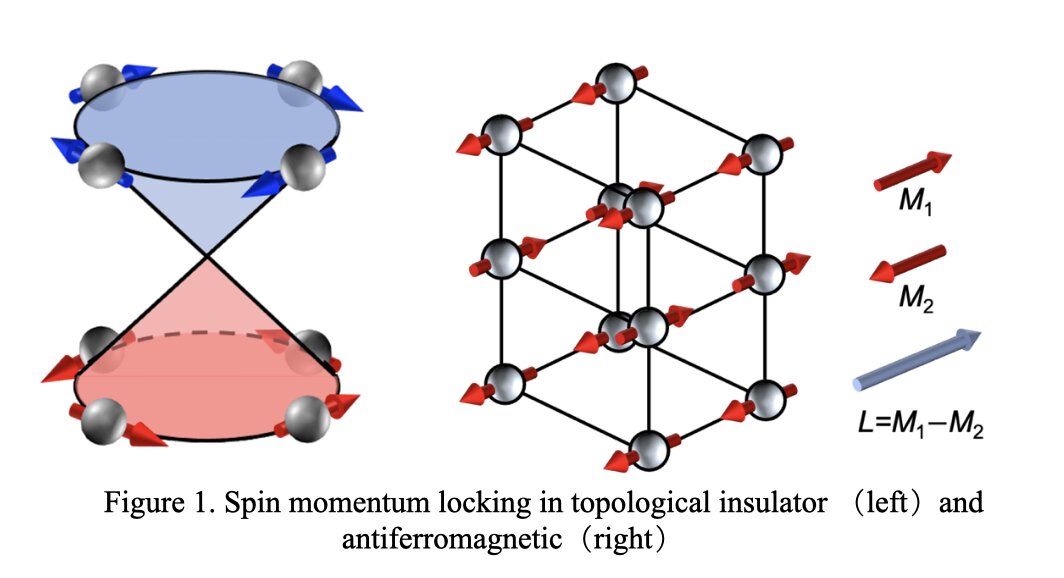A new method to control the spin current and moment rotation in antiferromagnetic insulators
September 20, 2022
feature

Antiferromagnetic materials, materials in which atoms are arranged so that all neighboring atoms are anti-parallel (i.e., pointing in the opposite direction) to them, can have several advantageous properties for the development of devices. Due to their fast spin dynamics and negligible stray fields, they could be particularly favorable for creating high-speed memory devices with a lot of storage capacity and low power consumption.
Before this can happen, however, engineers must be able to efficiently detect and control the electrical current and rotation of moments (i.e., measure of a force’s tendency to cause a body to rotate) in antiferromagnetic materials. So far, this has proved challenging, particularly using conventional measurement methods.
Researchers at Tsinghua University, ShanghaiTech University, and Beijing University of Technology have recently devised a new method to control the spin current and antiferromagnetic moments in antiferromagnetic materials. In their paper, published in Nature Electronics, they specifically demonstrated this using bilayer (Bi,Sb)2Te3/α-Fe2O3, a structure that contains a topological insulator and an antiferromagnetic insulator.
“Our recent work is based on one of our previous papers, published in Physical Review Letters (PRL),” Cheng Song, one of the researchers who carried out the study, told TechXplore. “In the PRL paper, we demonstrated switching antiferromagnetic moment with spin current from spin Hall effect. In our new study, we wanted to show the interaction between antiferromagnetic moments and spin current from topological surface states, since the topological surface state would be more efficient in charge-spin conversion.”

Song and his colleagues showed that the orientation of antiferromagnetic moments in the antiferromagnetic insulator component of their sample (α-Fe2O3 ) could modulate the spin current reflection at the interface with the (Bi,Sb)2Te3 layer. As a result, the moment rotation in the antiferromagnetic material could be controlled via the spin current, specifically through a giant spin-orbit toque that is generated by the ( Bi,Sb)2Te3 layer’s topological surface state.
“Spin current can be generated via topological surface states from topological insulators, then being injected to adjacent antiferromagnetic insulators,” Song explained. “The efficient spin-charge conversion can bring about large magnetoresistance response (antiferromagnet control of spin current) and low switching current density (spin current control of antiferromagnet).”
In initial experiments, Song and his colleagues found that their method successfully allowed them to control antiferromagnetic moments in their material sample. They also recorded a highly promising switching current density (i.e., a very important parameter for the development of memory devices).

“Using Sb compositions, we tuned the Fermi level and resultant room temperature magnetoresistance (observed in a very narrow region),” Song said. “The Sb ~0.75 corresponds to Fermi Level locating on Dirac point, leading to low switching current density of ~10^6 A cm^-2.”
The findings collected by this team of researchers highlight the potential value of their approach for attaining greater control over devices based on antiferromagnetic materials. In the future, they hope that this will pave the way towards the generation of new next-generation random access memory devices.
“In our next studies, we will try to combine a topological insulator with an antiferromagnetic random access memory,” Song added. “We also plan to enable the reading via magnetic tunnel junctions and the writing by topological surface states.”
Xianzhe Chen et al, Control of spin current and antiferromagnetic moments via topological surface state, Nature Electronics (2022). DOI: 10.1038/s41928-022-00825-8
X. Z. Chen et al, Antidamping-Torque-Induced Switching in Biaxial Antiferromagnetic Insulators, Physical Review Letters (2018). DOI: 10.1103/PhysRevLett.120.207204
© 2022 Science X Network
Citation:
A new method to control the spin current and moment rotation in antiferromagnetic insulators (2022, September 20)
retrieved 20 September 2022
from https://techxplore.com/news/2022-09-method-current-moment-rotation-antiferromagnetic.html
This document is subject to copyright. Apart from any fair dealing for the purpose of private study or research, no
part may be reproduced without the written permission. The content is provided for information purposes only.
For all the latest Technology News Click Here
For the latest news and updates, follow us on Google News.

